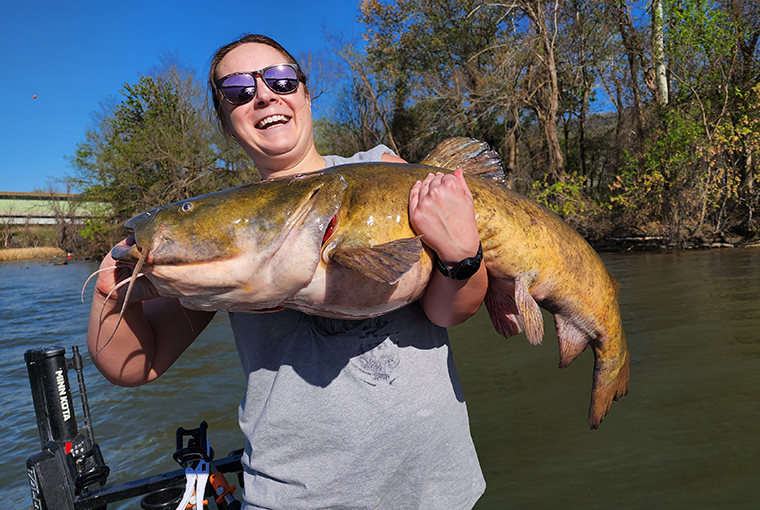
A flathead catfish from Iowa.
The invasive flathead, which is a popular sportfish in the southern US, can reach sizes of more than 100 pounds, and put a stress on the ecosystem due to their size, appetite, and aggressiveness.
Anglers might know it as the fish that some catch by “noodling.” This is a practice where anglers submerse themselves and feel around likely lairs for catfish, hoping to induce the fish to
bite their arm, so that they can wrestle the fish to the surface.
“It has a very large mouth and eats fishes,” said University of Toronto researcher Nicholas Mandrak, who specializes in invasive fish research.
“In the stomach of a 75-centimetre specimen weighing 13 kilograms, we found 14 gizzard shad measuring 30 centimetres each. We should be concerned about all native species that they eat, but particularly concerned about endangered species in the Thames such as black redhorse and spotted sucker and gamefishes such as sunfishes, basses, and possibly walleye.”
Mandrak said there is debate as to whether the flathead catfish was historically present on the American side of Lake Erie, but there is certainty it was not found in Lake Erie’s Ontario waters. It was first observed on this side of Lake Erie in 1978 and two were caught by commercial fishermen in 2011. After three were found in Lake St. Clair between 1989 and 2003, Department of Fisheries and Oceans research crews found flathead in the Thames in 2016. There were also juveniles found in the Thames between 2016 and 2018 that showed reproduction was taking place.
Catfish action
“The Ontario Federation of Anglers and Hunters is concerned about the introduction and possible establishment of flathead catfish to the Thames River,” OFAH Invading Species Program Coordinator Brook Schryer said. “Due to its size and voracious appetite, this species will outcompete and directly predate on our native species, negatively impacting biodiversity.”
He suggested if anglers suspect they have encountered a flathead catfish, they should note their location, take a photo, and report it by calling the Invading Species Hotline at:
1-800-563-7711.


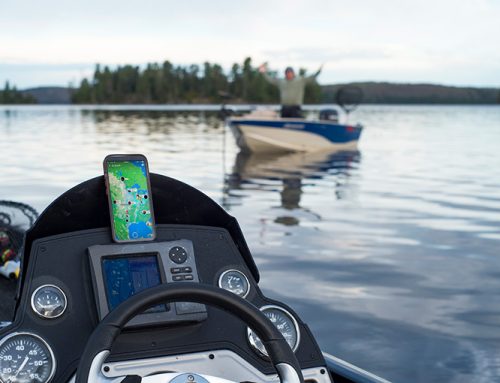
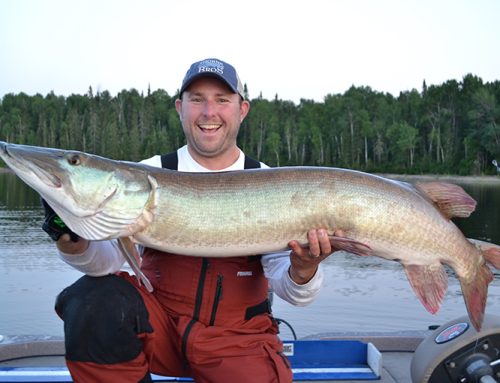
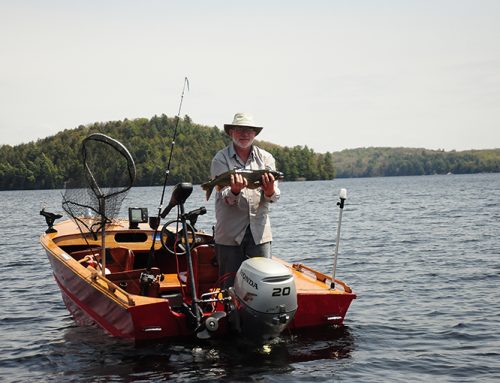
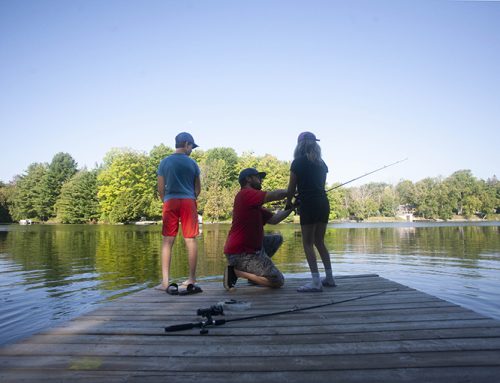
Leave A Comment